Aging is a natural part of life, and while it brings its own kind of beautiful transformation, it can also be frustrating to deal with the various bodily changes that come along. As we get older, our hair changing becomes one of those noticeable shifts, often manifesting as thinning, color change, increased coarseness, or even new curl patterns. We are going to explore why hair texture changes with age!
These changes can feel unpredictable, but the good news is that some factors may be reversible with the right approach. Often, our hair is negatively reacting to certain lifestyle factors—stress, diet, or environmental exposure—that can be changed to improve the condition. Do you like dreads?
Although some shifts are genetic, making it harder to completely stop them, there are still ways to repair the damage and bring back a bit of that unruly, youthful texture. With the right care, it is possible to restore your hair to its former glory, giving it a renewed sense of vitality even in the face of life’s inevitable transformations.
The Impact of Hormone Shifts
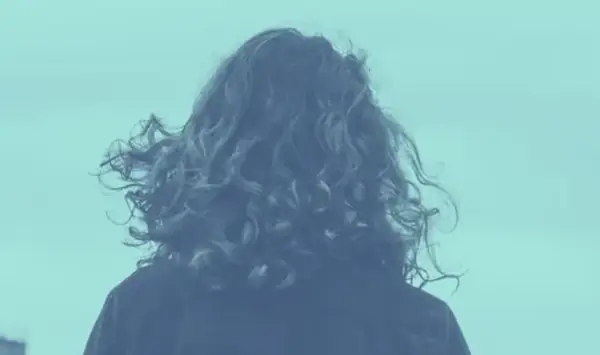
There are many real reasons why our hormones seem to shuffle throughout life, from birth control to menstruation, pregnancy, and age. During menopause, for example, the drop in estrogen can cause hair follicles to shrink, leading to a reduction in thickness, while the rise in androgen may result in a finer texture.
This shift can send different signals to the follicles, physically changing the shape of the hair, causing it to become curly when it used to be straight, or vice-versa. To combat these changes, consider adding naturally estrogen-saturated foods to your diets, like nuts, seeds, plant-based proteins such as tofu and soybeans, and even berries or a little red wine.
While post-partum hair loss can feel extreme, it is often just temporary as the body gets back on track, but if concerns persist, talking to a doctor about other options is always wise.
Environmental Effects on Hair
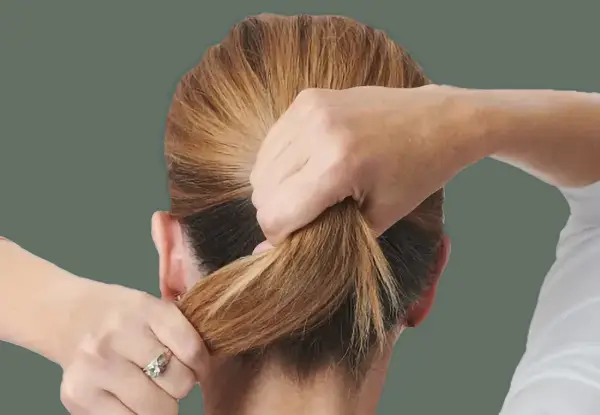
Have you ever noticed how your hair seems to have a mind of its own on a humid day? This is because water molecules act like magnets, pulling on your strands and forming extra hydrogen bonds, causing the hair to react by becoming wavy or curly.
Exposure to hard water can also wreak havoc on your locks, especially if it’s contaminated with chlorine, calcium, magnesium, or other harsh chemicals, leaving your hair dry and dull. To correct this, use a hydrating shampoo along with shampoos and conditioners that are specially formulated to be restorative, helping to repair breakage, split ends, and strengthen hair against future damage.
The Role of Collagen and Protein
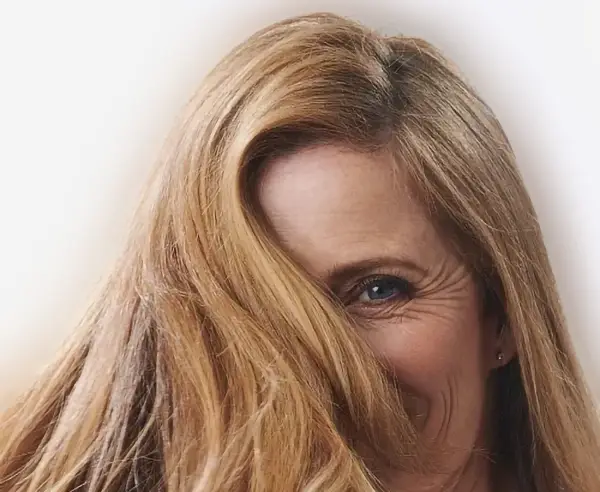
As we age, our bodies naturally start to produce less collagen, which not only leads to wrinkles and cellulite but also affects the health of our hair. This decline often begins around 25, weakening the hair follicle and changing the hair’s texture as the skin loses elasticity.
With fewer antioxidants to fight free radicals and the buildup of environmental pollutants on the scalp, damage, thinning, and even premature graying can occur. A lack of protein in the diet may also be a culprit, since protein helps maintain strength and silkiness for fine or medium hair but can leave thick, curly hair feeling rough and brittle if overused.
To support your hair’s routine, consider using collagen-infused shampoos, vita-gummies, or powders that you can mix into smoothies, coffee, or even homemade energy bites like raspberry chocolate snacks, while keeping an eye on your daily intake of around 0.36 grams of protein per pound of body weight to see what works best for you.
Everyday Habits That Affect Hair
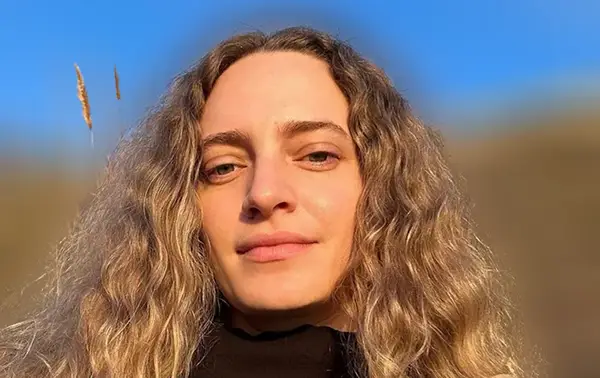
Daily stress and premature aging can lead to hair loss, thinning, and even turning gray. The re-growth cycle happens every four to seven years, with each strand being replaced by a new mane that may have different properties, changing how it looks and feels. Constantly bombarding your hair with heat tools, styling products, over-brushing, or over-cutting can also cause damage, especially if you overuse products that can clog pores and harm the follicles.
FAQs:
Have you ever wondered, “Why has my hair suddenly changed texture?” Several factors can contribute to this, including stress, diet, and aging. As we age, our hair can react to minerals in your water or even seasons changing, causing it to feel different. If you use hot tools or undergo chemical services, these can also impact your hair’s condition, making it look and feel less than its best. It’s important to talk with your stylist about your specific situation to help narrow down the factors you can control. By understanding these changes, you can work towards bringing your hair back to its best self.
A lack of protein can really cause a change in your hair’s texture. Our hair requires high levels of nutrients to reproduce properly, and without enough protein, it can become weak and brittle. It’s also important to have essential fatty acids, especially omega-3s, in your diet. These nutrients help keep your hair healthy and shiny. If you notice changes in your hair as you age, considering your diet might be a good start to restore its natural beauty.
As we age, it’s common for hair to change. For those with straight hair, you might notice it becomes slightly curlier in nature. This change often happens around the age of 40, when the skin naturally decreases the amount of oil it produces. As a result, hair can feel duller and drier, affecting its overall texture. These changes are a part of growing older and can impact how we perceive our hair’s health and style.

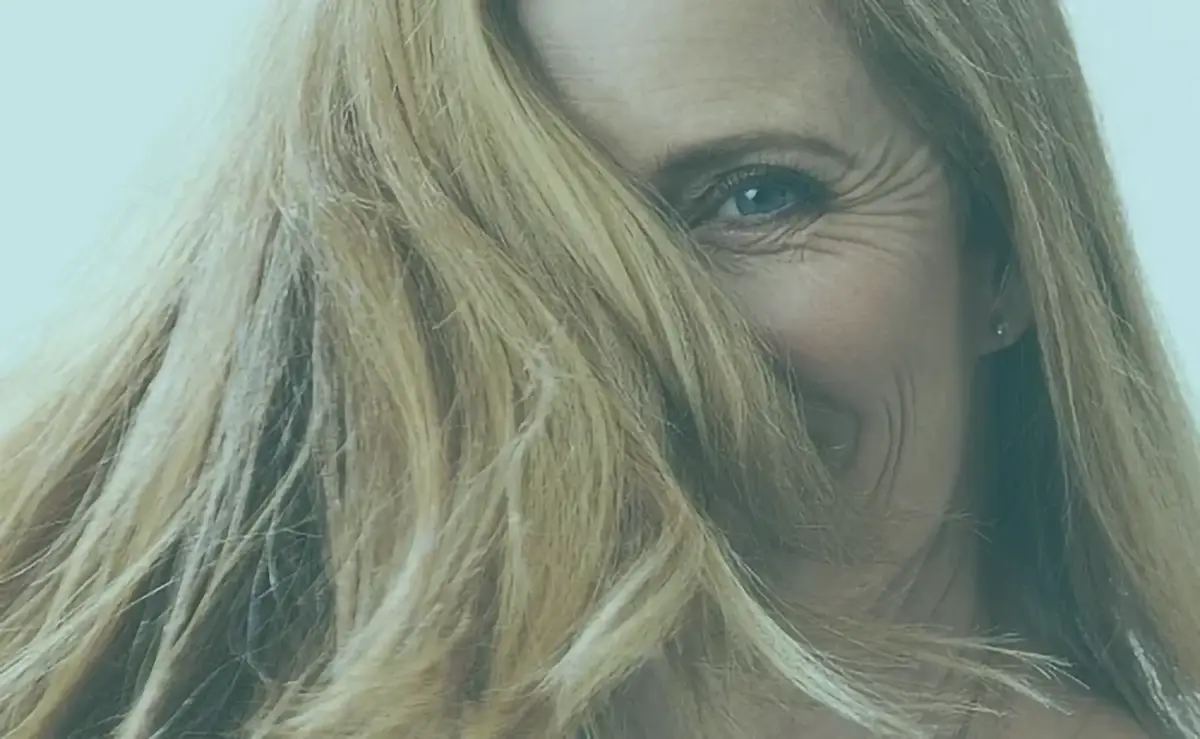
1 thought on “Why Hair Texture Changes with Age”